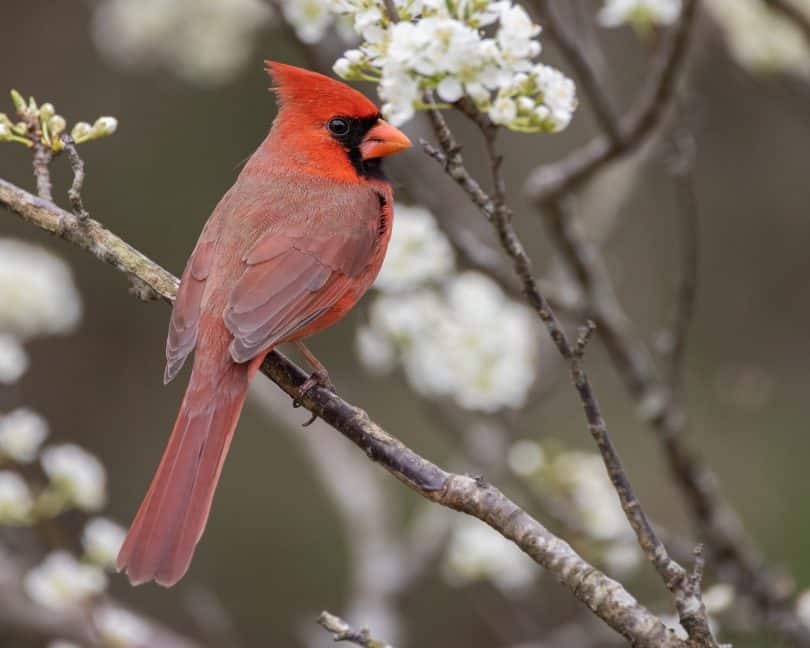There’s nothing quite like having a backyard packed with birds in the morning—especially if you have songbirds and more vibrantly colored species. (Although even more common ones are adorable to watch. There’s really not a bird I don’t like.) Bird watching as a hobby is fairly low-cost and super accessible.
All you need is 3 simple things—food, water, and shelter. It might sound easy, but birds aren’t always easily pleased. They can be picky and will quickly let you know when you’ve done something they don’t like! Keep reading to learn how to attract birds to your backyard and keep them happy.
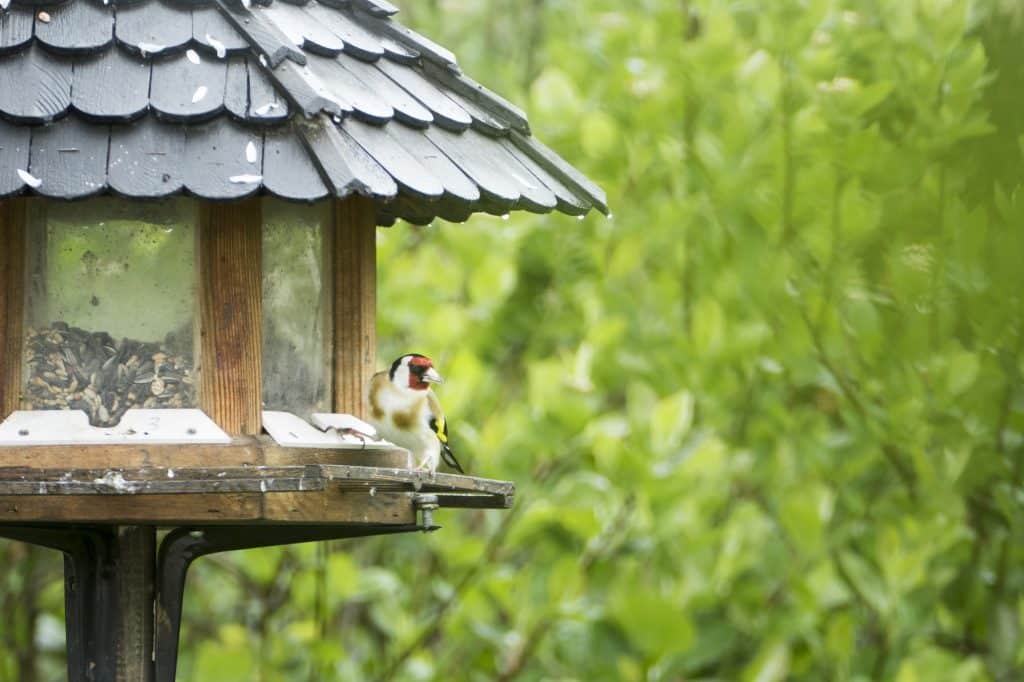
Food
Even if you live in a busy area, you can typically attract plenty of birds with the right seeds and feeders. Different birds have different preferences, so it’s important to do some research on birds native to your area, decide which ones you want to attract, and find out what they eat. This is the best way to start attracting your favorites for bird watching, even if you don’t have much in the way of housing yet.
For instance, things with sunflower seeds attract two of my favorites—finches and cardinals. But it also attracts a lot of birds in general, so if I’m wanting to attract just smaller birds, I’ll put out thistle seeds. Thistle seeds are small and difficult for birds with larger beaks to eat. They’ll typically ignore thistle feeders and leave them to the smaller birds, especially if you have other feeders with different seeds.
For birds like finches and buntings:
Birds like cardinals have larger beaks and can’t easily eat thistle seeds. While they may go for them if there’s nothing else available, you’ll want to make their preferences available. They’ll likely stick around if you cater to them with larger seeds, like sunflower and safflower seeds.
Cardinals are particularly picky about feeders. Unlike smaller birds, they won’t twist and turn and go out of their way to reach into feeders. Feeders with perches, trays, or rings that allow birds to face the feeder are better for attracting cardinals. It’s well worth it to cater to cardinals though—their beautiful red feathers make them perfect for bird watching. They’re a little shy, but you can get some stunning photos once they’re more familiar with the area (and you!).
For cardinals:
I’ve also included some other general-purpose mixes and feeders if you’re just looking to attract the widest variety of birds. Start with one feeder on a pole or hanging from a tree. The closer to trees and hedges, the better! Having places to hide quickly can help them feel more comfortable.
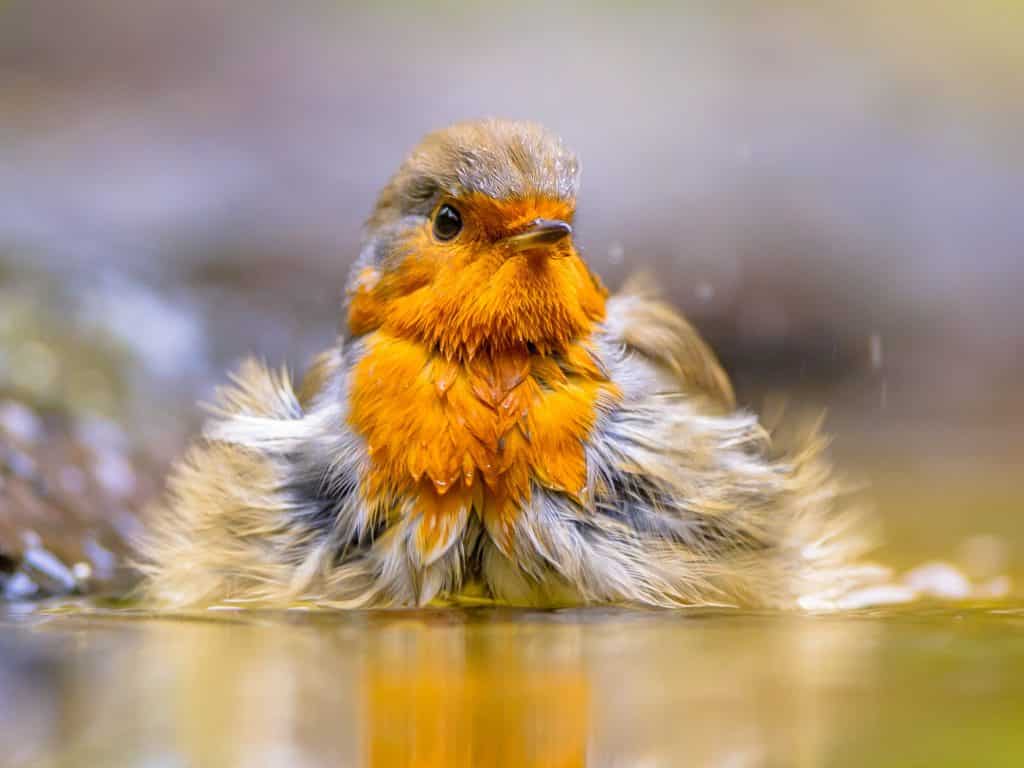
Water
A regular birdbath around the feeders is sufficient, but you’ll find birds are quick to take to running water, especially if they can hear it from a distance. If they have a choice between running water and a basin, they’ll always go for the fountain. I remember frequently going outside, only to find a couple of chickadees staring me down as they sat at a dry fountain, even with fresh water in the basin.
Pumps and a regular bird bath are a bit more affordable than some of the larger fountains and sufficiently catch the attention of nearby birds (and sometimes other animals—get one that can hold up!).
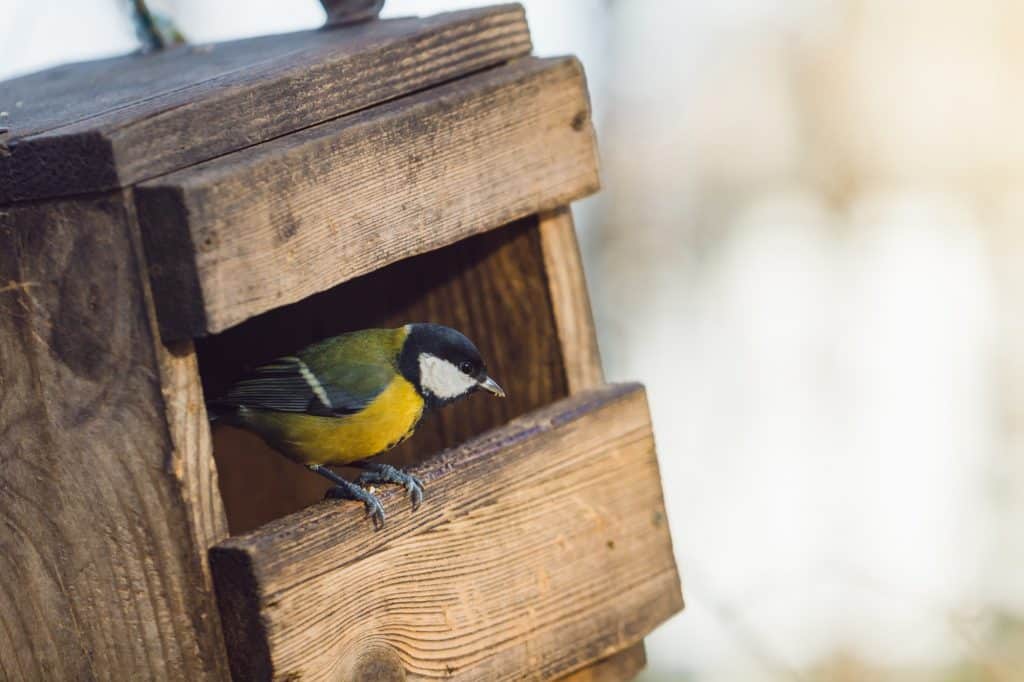
Shelter
Having lots of dense trees is enough to attract birds, even without seeds and water. Especially if you have trees and bushes that also produce fruit, berries, seeds, and nectar, you probably already have quite a few visitors without the need to buy them more food!
If you don’t have much in the way of cover, you’ll eventually want to invest in decent birdhouses and nesting materials. I recommend stalking a nester with a few different kinds of materials. They might look like they make a mess, but birds are pretty good about using everything and not leaving anything out for long!
If you have lots of grass, ground cover, and other things they can use, you won’t need to get much of the way in materials. But if you’re greenery is a bit lacking, birds will welcome the extra material being a little closer to home.
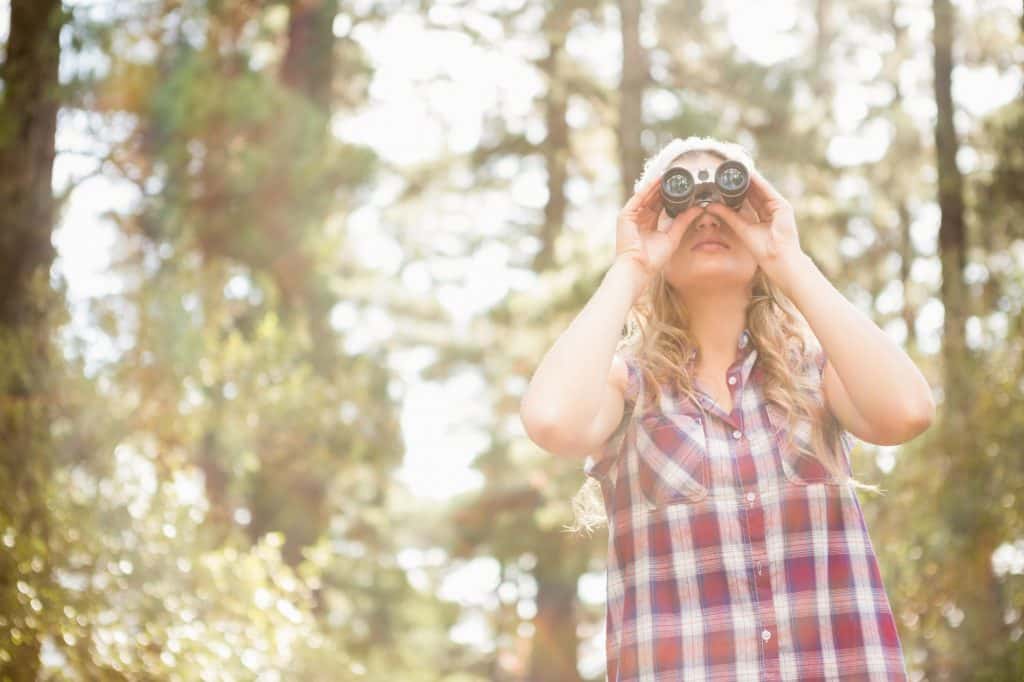
Bird Watching Supplies & Equipment
Once you’ve established a little community, you’re ready for the fun part! Observing and identifying everything you’ve attracted so far. This is where field guides come in handy. Especially if you’re new to the area and aren’t familiar with local wildlife, you’ll want picture references to compare against.
You’ll also want a pair of binoculars. While most will be at a range you can easily see (and, with time, may even come up to you!), you’ll always want to have a pair on hand for uncommon sightings. You never know when you’ll get a rare visitor who’s just scouting, not quite close enough to make out markings.
At first, it’s likely you’ll be spending a lot of time sitting very still until birds get more comfortable with you. If you live in a populated area, you may be able to skip the “warming up” phase and they’ll just naturally be comfortable with you. However, I still like to spend a decent amount of time sitting outside with them so they don’t fly off the second you set foot outside. Over time, they’ll come to recognize you as a caring provider.
I’ve included some things below, which are helpful to keep on hand if you’re spending any length of time in your backyard without moving a lot, or if you decide to go birdwatching offsite. (Local nature centers often have bird watching meetups and events—you’ll want to bring these in either case!) I’ve included a list of field guides and equipment below.
If you come to love bird watching and want to give them a little extra, check out our gardening guide. Most plants that produce berries or nectar of some sort are a hit with the birds and can attract many unique visitors. They’ll always welcome fresh goodies from the garden and some species will even help you tend to your plants by making a meal of pests!

